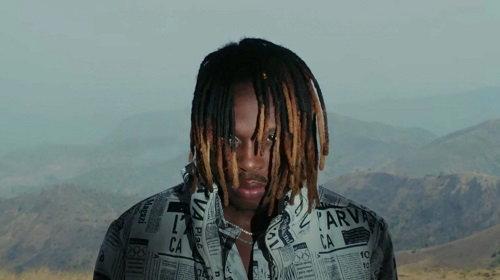
Tag: Fireboy dml

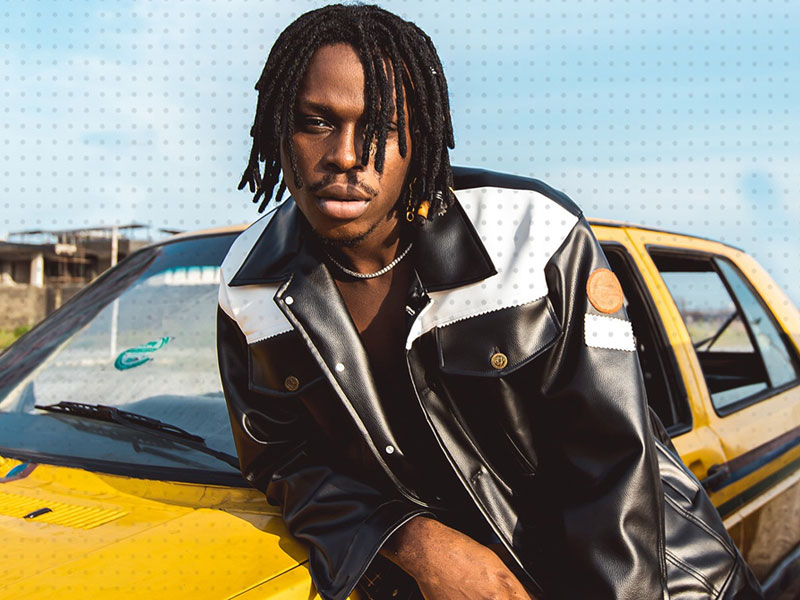
Fireboy DML, the popular Nigerian singer, has reiterated that his style of music is not Afrobeats.
He, however, said his “roots and identity” are always in his music.
The ‘Peru’ crooner featured as a guest in the latest episode of Amazon Music podcast, ‘B And N.’
He said, “As I always said, I don’t make Afrobeats. I just sort of like combined stuffs. I do different kinds of music so even when I am making R&B or pop, you can hear the Yoruba ‘h’ factor.
“You just know that this is not an American or British person, so you can always tell that my roots and my identity is always in my music.”
Fireboy said Nigerian artists need to take advantage of their newfound global recognition and build a structure for their home music industry.
“One thing I want to take about is we are here [Western world] now. Afrobeats is here now. So what is the way forward? What next?
“I personally think this Afrobeats to the world thing shouldn’t be given more attention. I mean, we are already here. even before the Grammy [created an African category], we’ve already been recognised. We’ve achieved so much. So we need to build a structure. And more concerned about the future of the genre; the sustainability,” he said.

The Nigerian musician Fireboy DML has disclosed his inclinations.
He announced that he will be taking a vacation and looking for someone to break his heart after the release of his soon-to-be fourth studio album.
He claims that he wants to go through heartbreak because heartbreak will be the theme of his next album, which will come out after his next project.
Tuesday, Fireboy posted on his X handle, saying, “Album roll out don start like this.”
“I’m going to take a vacation after this one and try to find whoever inspired the next heartbreak album.”
Fireboy has stated in a number of interviews that this year will see the release of his fourth studio album.
He hasn’t yet revealed the album’s title, release window, track listing, or featured

David Adeleke, the famous Nigerian afrobeats superstar, aka Davido, has stirred controversy online.
He stirred controversy after leaving out Fireboy DML, Tems and Omah Lay in his list of “next big 5” Nigerian artists that would dominate the music industry.
Davido was asked to list the next big five artists from Nigeria during a recent interview with Omega.
He said, “I would say like the next big five. I would say Rema; he got the ‘Calm Down’ record, Buju (BNXN), Ayra Starr…I would say Victony. No, no, me I no want jones o. Okay, let’s do it like this. It’s Rema, Buju, Asake; between him and Rema, I would say they are at the top…Ayra Starr and Ruger.
“The future of afrobeats, I would say it’s crazy.”
Meanwhile, Davido’s list has earned backlash as fans took to social media to berate him for snubbing Fireboy, Tems and Omah Lay.
A fan, MaqOlaoluwa1, tweeted: “Fireboy is a vulcanizer Abi? Too much talk.”
Another fan @Micheal2272na wrote: “I’m 30BG Buh Davido needs to calm it down. He needs training on how to grant interviews.”
@Mizta_Kings wrote: “OMAH LAY!! Tf nobody recognizes this young man!”
@odunayo wrote: “Tems ??? Omg you gotta be kidding.”

The popular singer-songwriter openly admitted his vice.
Adedamola Adefolahan, better known by his stage name Fireboy DML, is a celebrated singer, songwriter, and performer from Nigeria who has made it known that he enjoys dating toxic women.
The YBNL signee, whose electrifying live performance on the American chat show “Today” is still talked about, divulged some personal truths in a recent interview.
In response to the interviewer’s question about his favorite music, Fireboy responded that he enjoys going on exclusive dates with toxic women. He misinterpreted the question for a request for his “gulity pleasure.”
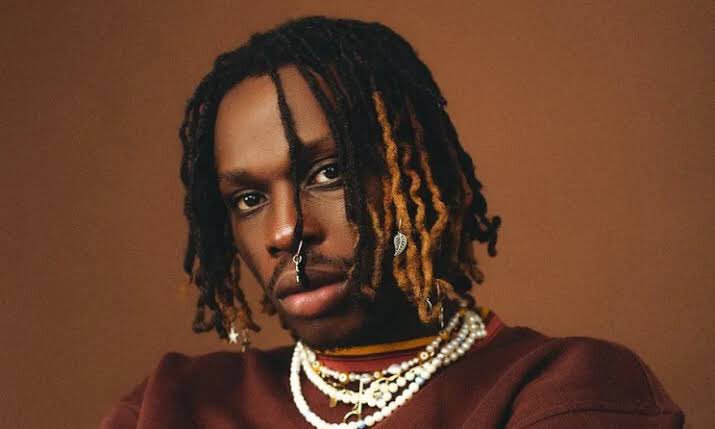
The popular musician declared that he favors Yoruba chicks to Igbo girls.
Adedamola Adefolahan, better known by his stage name Fireboy DML, is a renowned singer, songwriter, and performer from Nigeria who has revealed his preference between Igbo and Yoruba women.
The YBNL signee, whose electrifying live performance on the American chat show “Today” is still talked about, divulged some personal truths in a recent interview.
The award-winning musician made it plain that he favored Yoruba girls because Igbo girls are evil when the interviewer asked him which he preferred among Yoruba or Igbo (two of the three major ethnicities in Nigeria) girls. He continued by saying that while Yoruba girls might be nasty as well, he doesn’t have to spend as much money on them as he does on Igbo girls.

The sonic artist only recently responded to Fireboy DML’s tweet regarding his music, which was published more than a year ago.
Olawale Ibrahim Ashimi, better known by his stage name Brymo, is a Nigerian sound artist who responded to Fireboy DML’s tweet about his music.
The incredibly gifted singer, songwriter, and performer, whose debut album as a musician, titled “Mansa,” is anticipated to be released sometime this year, is well known for being very active on the social media platform Twitter. He used that platform to respond to the Fireboy post.
Back in February 2021, Fireboy acknowledged a song by Brymo. Curiously, Brymo didn’t respond until October 2022, referencing the post and asking rhetorically why he hadn’t spoken earlier.

Since the turn of the new decade, however, there has been a manic insurgence of albums and the industry has once again returned to being an album market, since the eras of CD’s and mobile Mp3 players. This contrasts with the previous decade where there were sparse releases of albums from A-list artists and premier labels. Now that music is more widely available because to DSPs with millions of tracks in their collections, we are in the era of streaming.
Additionally, social media has encouraged debate and constant comparison regarding albums and their inherent value. Unfortunately, a significant portion of this discussion is driven by personal bias and non-objective opinions; as a result, the arguments made are barely persuasive. This simply highlights how critical it is to identify the criteria and measurements that constitute a great record.
Let’s first bust some myths about what constitutes a great record before finding the important measurements. Some people fervently believe that an album’s brilliance lies in its capacity to deliver hits that would rule the charts. Some believe that exceptional albums receive the most playlists and stream traffic. And for some people, it’s the range of sounds and auditory diversity included in the body of work. All of these are reasonable justifications for what a great album may accomplish, but they are not the only ones. The music itself still has grandeur.
The art of creating a great album is not only lost on fans, but also on some of our A-list artists. So the question of what makes a great album arises once more.
There are five key metrics that an album must meet before it can be considered an overall great project, and they are as follows:
- Sonic cohesion.
- Unharried transitions.
- Expansive & pristine production.
- Excellent songwriting.
- Topical progression/optimal track sequencing.
To help readers relate, we’d be breaking down each point individually with real-world examples from well-known albums.
Sonic cohesion
An album should feature tracks that sound like they were made from the same sonic material and have a common theme in their production and vocals. By encouraging a sense of unity, an album with strong sound cohesiveness helps to invigorate the experience and make the project more wholesome. Great musicians are aware of the importance of album coherence, which is why some of them choose to have one or two producers who share similar viewpoints produce the entire project.
Pheelz and Type A on Fireboy DML’s Apollo, London and Andrebeatz on Rema’s Rave & Roses and Ayra Starr’s 19 & Dangerous, Kukbeats on Ruger’s EPs, and most recently Magicsticks on Asake’s Mr. Money With The Vibe are some examples. By employing specific concepts in the song production, such as using common riffs, chords, and percussions across the board, the aural coherence is achieved while ensuring that each song has its own unique sound and feels like a cohesive whole with the other songs.
Even with many producers working on the project, excellent sonic cohesiveness is still possible. Omah Lay’s Boy Alone, one of the best pop albums released this year and with excellent sound cohesiveness, is a wonderful example. Despite the project having more than ten producers, the sound cohesion is still strong, which is a credit to the project’s A&R team’s efforts as well as Omah Lay’s vision.

Unharried Transitions
On an album, it is crucial that the transitions between songs don’t sound hurried, forced, or harried. Why? When the transition is unpleasant, it detracts from the whole experience since it serves as a reminder that a change has been made and a new music is now playing. The best albums have transitions that are so smooth that the listener is so engrossed in the satisfying experience that it nearly doesn’t register when a song changes.
On Rema’s Rave & Roses, the transition from track 1 (Divine) to track 2 (Hold Me) is one of the best I’ve heard on a Nigerian album this year. The varied instrumentals in Divine’s final few seconds make it seem like a scene from a movie, and they seamlessly transition into Hold Me’s first few beats such that the change is barely audible. This album does have some flaws, but when it comes to transitions and even sonic cohesiveness, it really shines.

Expansive & Pristine Production
I mentioned earlier that some musicians choose one or two producers solely to guarantee the coherence of the album. On the other end of the decision-making spectrum, some musicians choose a variety of producers to guarantee a vast and flawless production. Utilizing multiple producers would encourage variety and diversity in sounds, which would help make the overall experience more enjoyable as opposed to being monotonous. It only makes sense because different producers have different strengths.
It is in fact a very fine line to walk because a diversity overdose could damage the album’s cohesiveness. Playboy by Fireboy DML is an album that does admirably well in this regard. Playboy aims to be a diverse showcase of sounds, which worked well in enhancing the album’s quality. This is in contrast to his previous albums, which had fewer producers and were more sonically cohesive as a result. Although it was not the most well-organized effort, neither the songs nor the transitions had the impression of being rushed.

Excellent songwriting
Simply simply, good songwriting and solid execution are required for an album to be great. It doesn’t have to be the most complex and original writing; it only needs to be good enough for the songs and relevant to the genre. For instance, the most profoundly philosophical lyrics shouldn’t be used in a pop song. It is first and foremost a feel-good genre that should be groovy and entertaining. No matter how impressive the songwriting, it doesn’t work for it if it would hinder that.
Hip-Hop, of course, should have a more impressive songwriting structure overall because the beauty lies in the bars, punchlines, double/triple entendres, comical analogies, tight rhyme schemes, and so on and so forth. The R&B genre could benefit from more empirical songwriting because its core is primarily related to love stories. Songs of the same genre shouldn’t be approached in flows and rhymes in the same way; instead, great songwriting should be layered.
In terms of sheer technicality, Boy Alone and Bnxn’s Bad Since ’97 boasts some of the year’s most brilliant songs. The style of Fireboy DML in Playboy is more straightforward, yet it is very profound and features emotional and precise rhyme schemes. Although not very innovative, Asake’s MMWTV features some outstanding songwriting that successfully carries out its intended purpose.
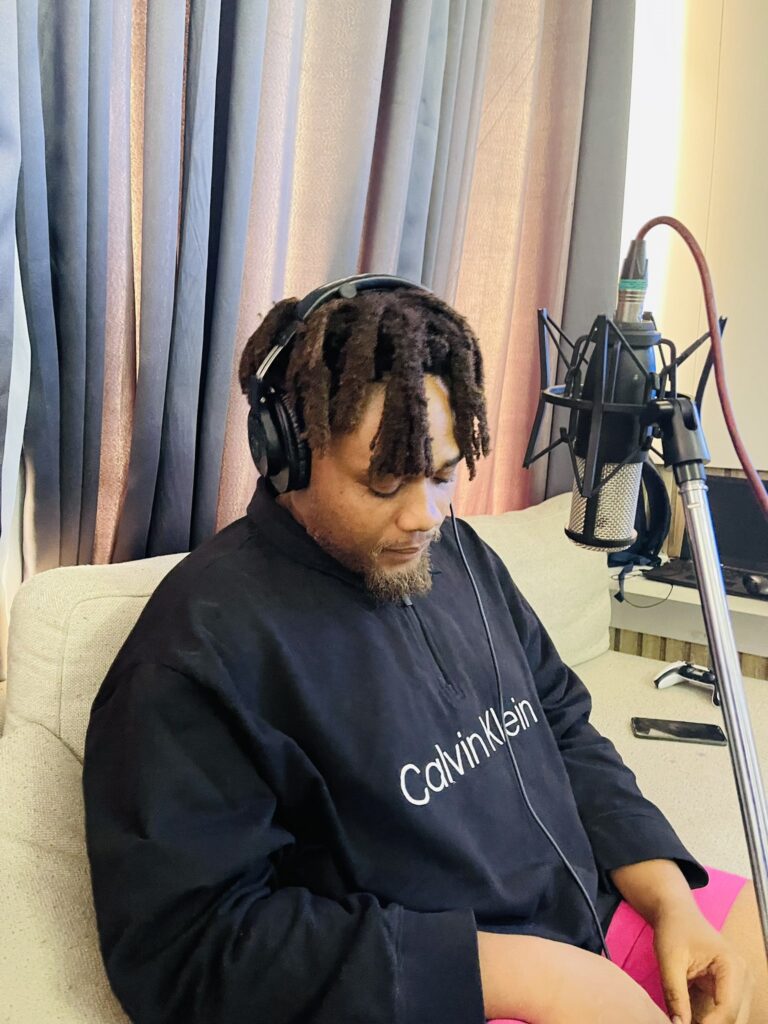
Great music ultimately aims to make listeners feel good because to its pleasing harmonies. Great songwriting with poor sonics and melodies would always lose out against simple songwriting with excellent sonics and melodies. Don’t get me wrong, amazing songwriting can be found on some of the best albums, and every artist should want to achieve that. However, such writing is useless if it cannot be used in relation to the music or if it takes precedence over other, more important matters.
Topical Advancement/Track Sequencing at its Best
First and foremost, what exactly is topical progression? It’s simply an album’s inherent quality to have a track-by-track progression that makes sense topically and isn’t scatterbrained. It doesn’t make sense, for example, for an album opener to have themes about the artist defying all odds and coming out strong, and then in the second track, they’re already talking about cowering under pressure.
Not every album will provide a straight-forward, linear narrative like a book. Some albums have so many facets and layers that several interpretations and stories can be derived from them. While others only have a hazy development of subjects and don’t actually attempt to tell a tale at all. Whatever the situation, the topical progression should be logical and seamless. This is when the subsequent, concurrent point of ideal track sequencing enters the picture.
The order of the songs on a great album is ideal, with the topics complementing one another both sonically and thematically from the first song to the last. This is one of the key differences between an album and a mixtape or playlist, which are typically essentially compilations of songs with no real connection to one another. When played alongside the rest of the album, pre-released singles from a fantastic album make even more sense because of the excellent track sequencing.
Albums that successfully meet the aforementioned criteria are immediately regarded as classics. While some albums gradually acquire their classic status as a result of both their endurance and innate greatness. However, it is a reality that an album that checks off all the necessary criteria encourages its longevity and replay value because it delivers an excellent listening experience at an exceptional value.
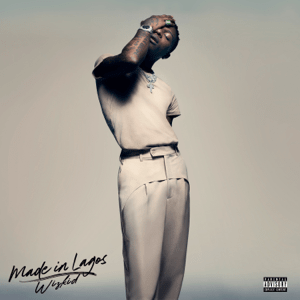
Some albums have earned the title of “classics” throughout time due to their influence. Made In Lagos by Wizkid is the classic illustration. The album is excellent and has aged well, but it isn’t quite of the “classic on arrival” caliber. The making of this claim does not negate the album’s deserving classic status. It simply implies that today’s standards for what constitutes a classic album are significantly more complex. As is practically any discussion of what makes a great album.


Olamide Gbenga Adedeji, is a Nigerian rapper and singer. He is one of the biggest and most influential artists in Africa. He records in Yoruba and English. He was born on the 15th of March 1989.

Fireboy DML
Adedamola Adefolahan (born 5 February 1996), known professionally as Fireboy DML is one of the most outstanding top artiste in the Nigerian music industry currently. The artiste was signed into YBNL 2019, the singer recently spoke about his new about his new album ‘Play Boy’ to Fader Magazine and he also explained how his mentor Olamide helped him through to becoming what he his today.
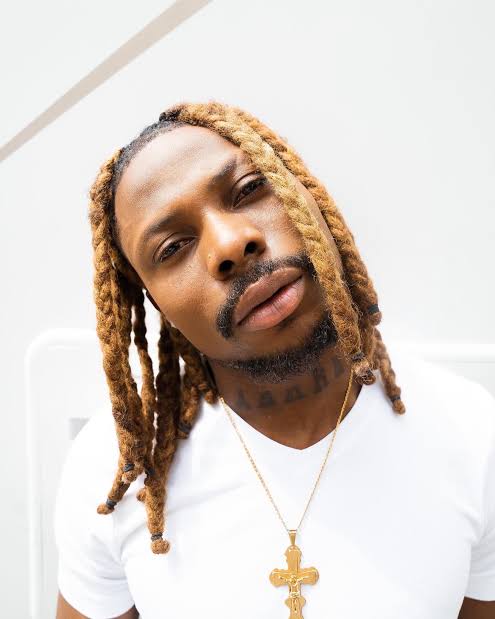
Asake
Asake, otherwise known as MR MONEY is an Afropop and Afrobeat musician from Nigeria. His full name Ahmed Ololade, was born in the late 1990s. Asake regarded top be the rave of the moment, recently obtained a new house. He went in twitter and tweeted ‘one call from Olamide and everything changed’.
Picture of the tweet below.
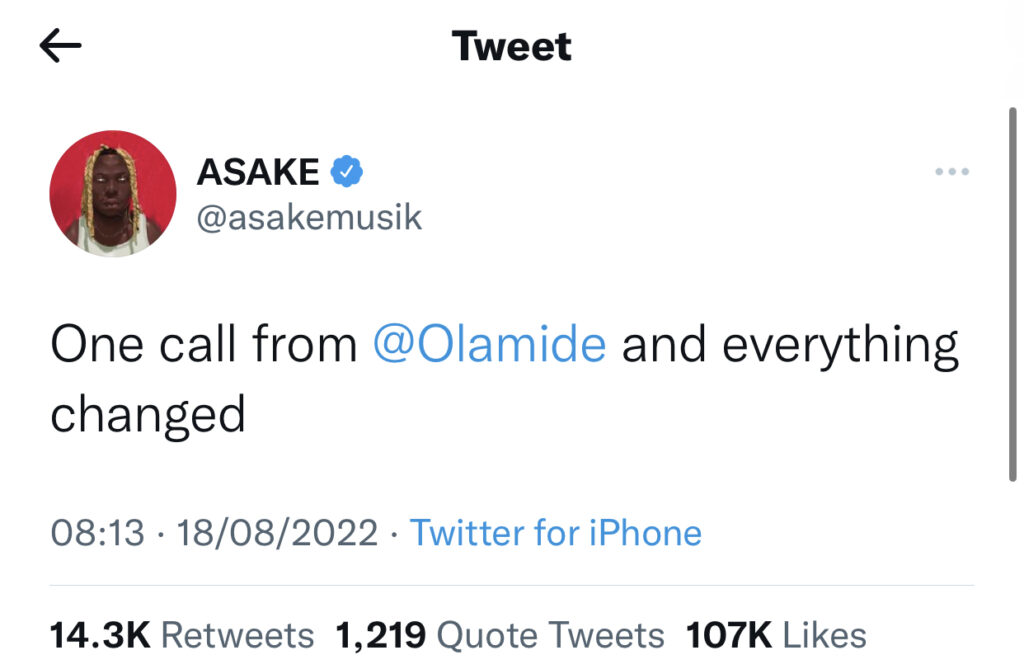

Adekunle Gold
Adekunle Almoruf Kosoko, known professionally as Adekunle Gold and AG Baby, is a Nigerian Afrobeats singer and songwriter. He gained ample attention after releasing the 2015 hit single “Sade” under the YBNL record label. He said YBNL changed everything for him he also said that he is grateful for Olamide’s support.
We also have Artistes such as Lil Kesh, Zlatan Ibile, Portable, Bella Shmurda and so on.

It’s time to feel DJ SMOOV like never before on this mix featuring the number one Playboy, Fireboy DML.

According to the Unusual Dj ”I put my heart into this mix and I’ll appreciate your shares, listening and reviews Enjoy”

